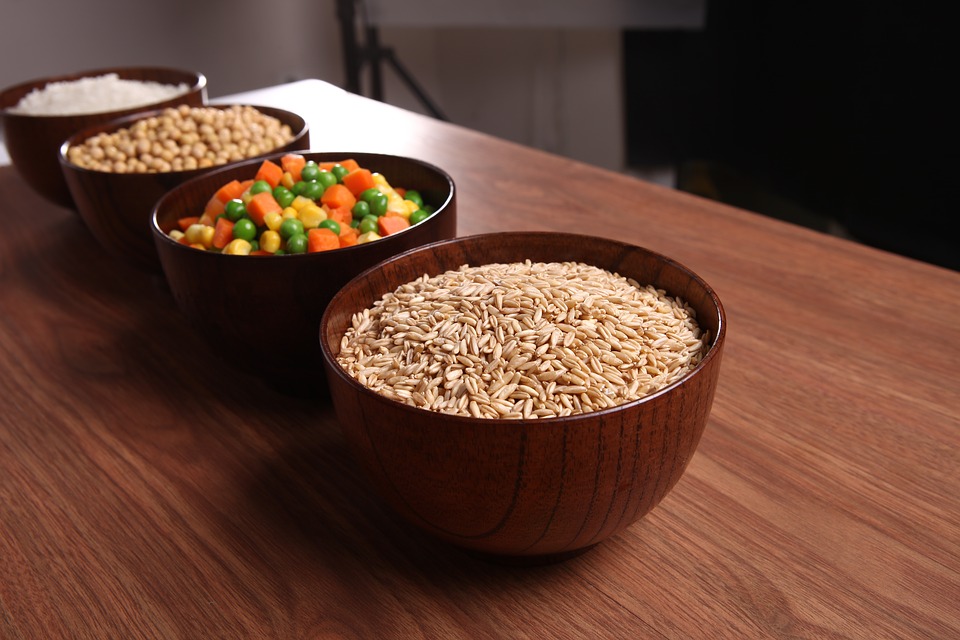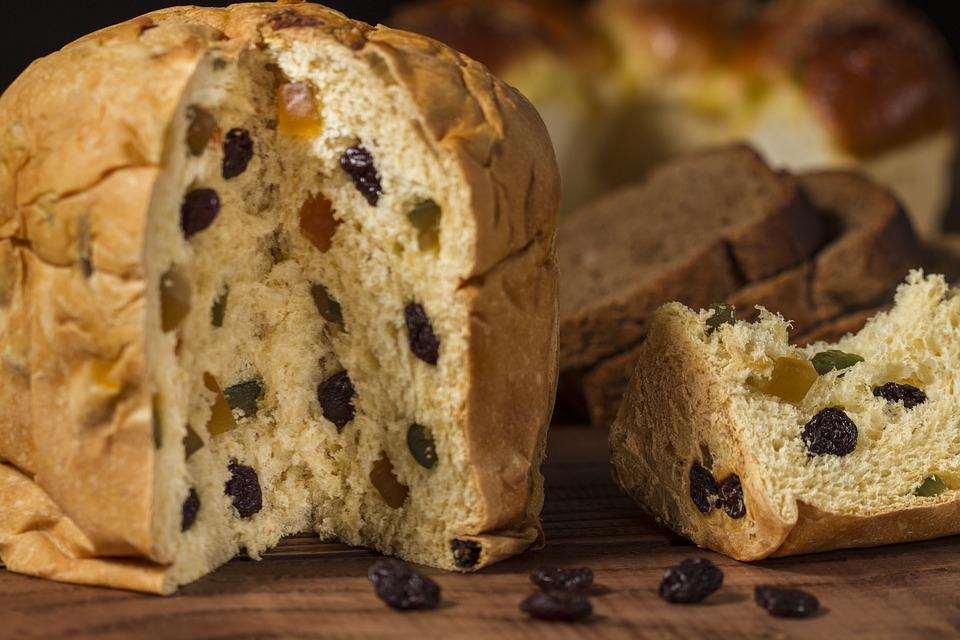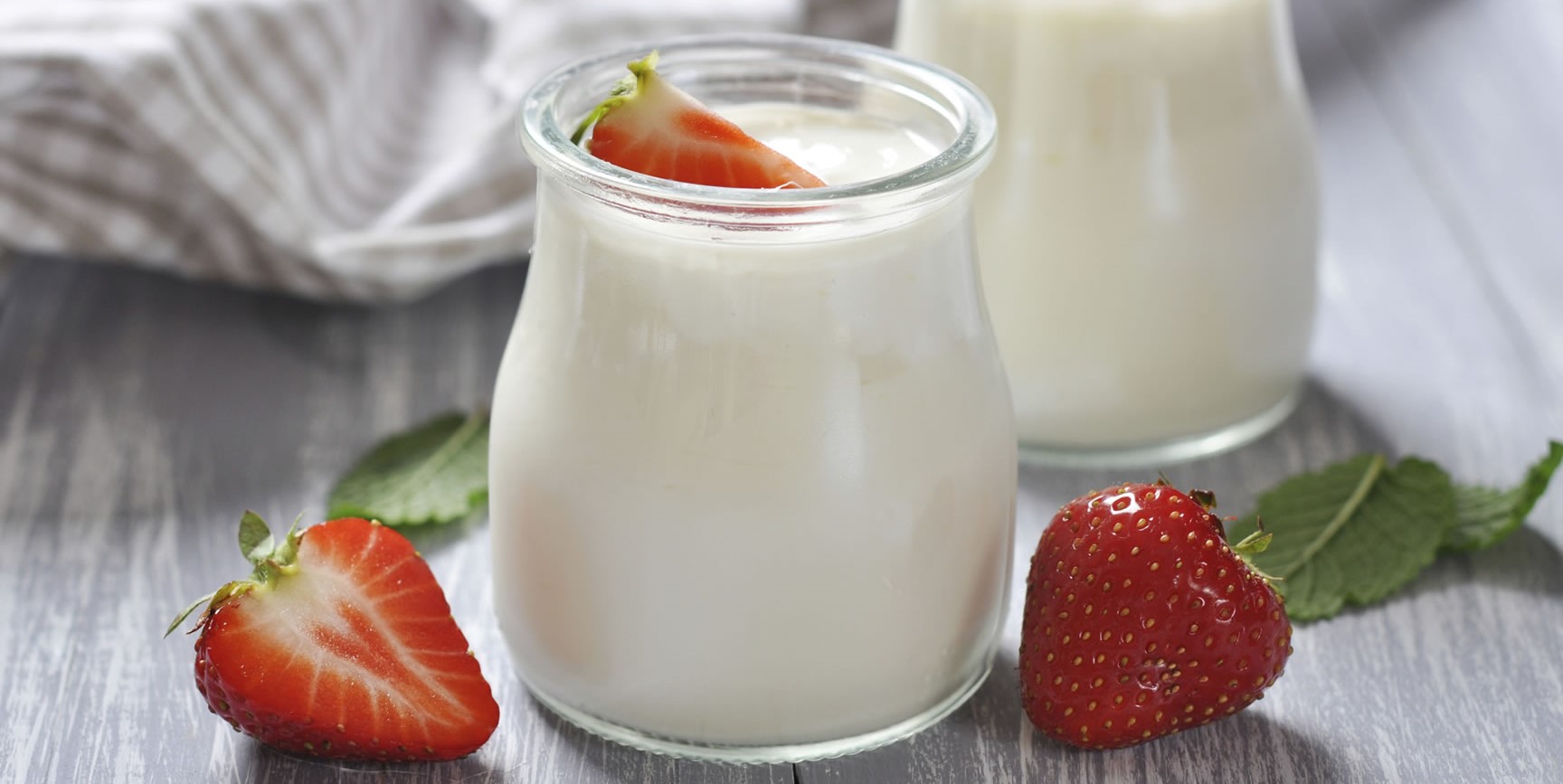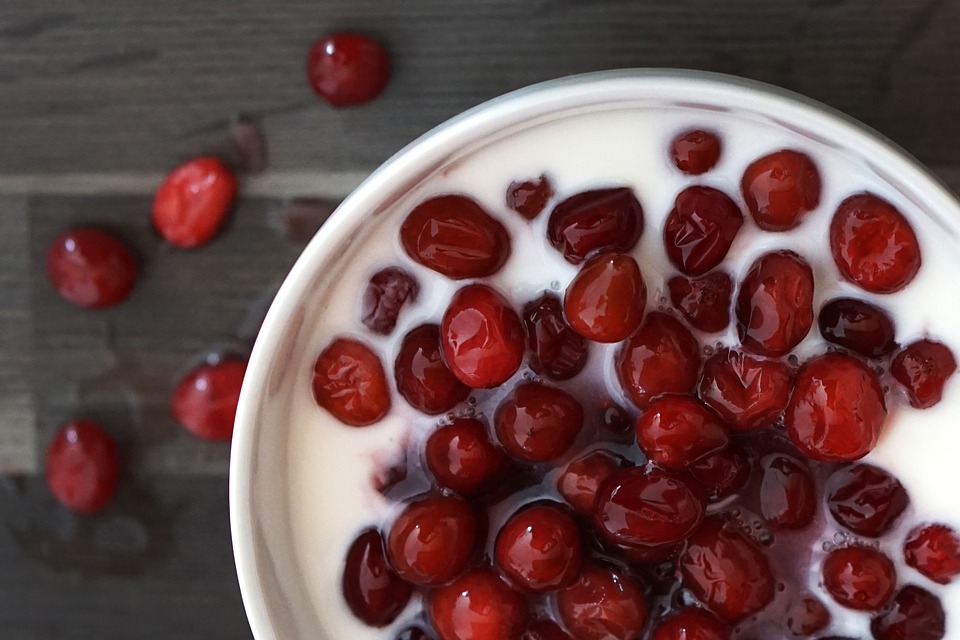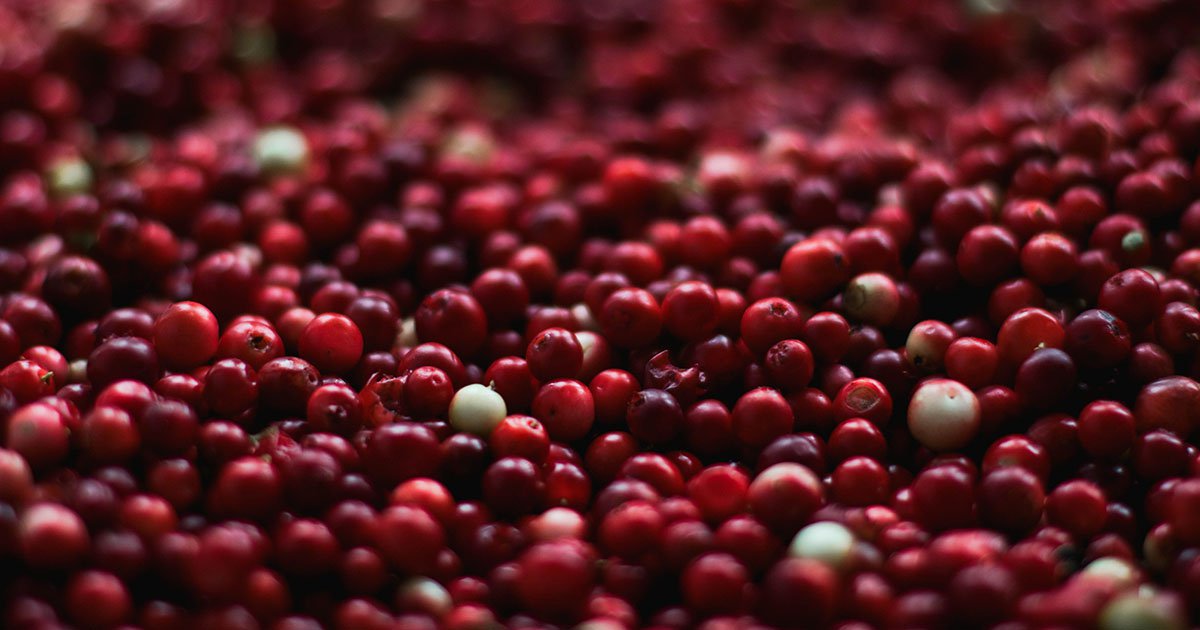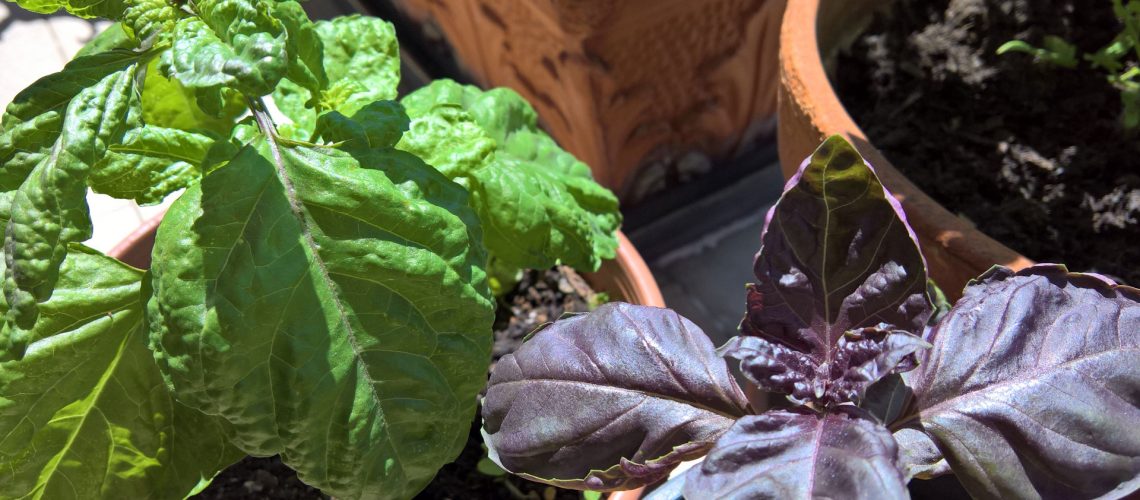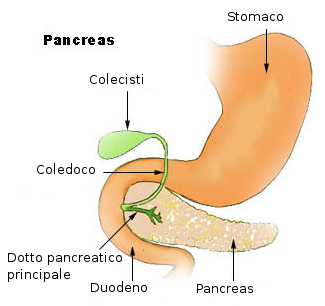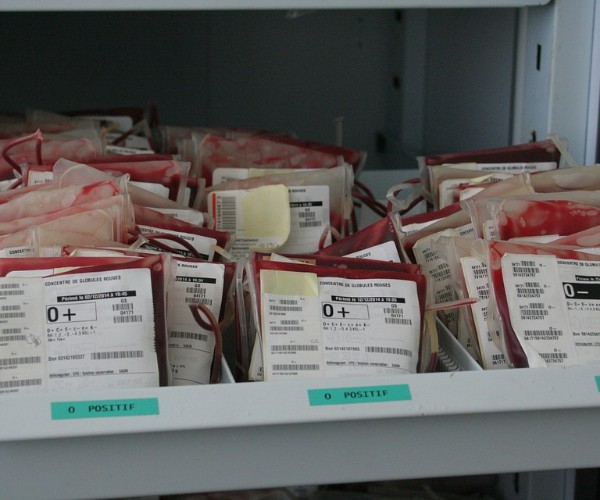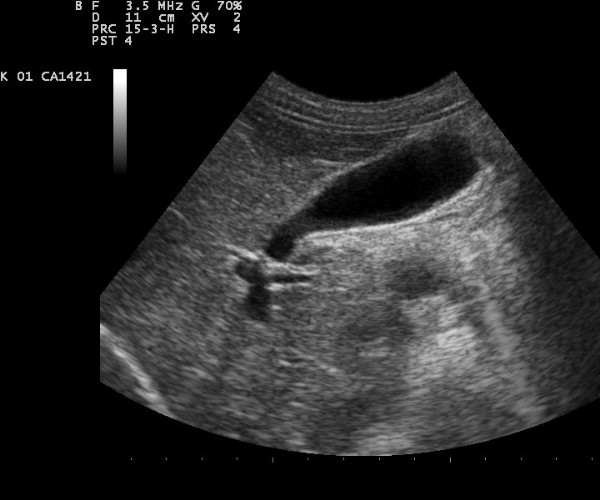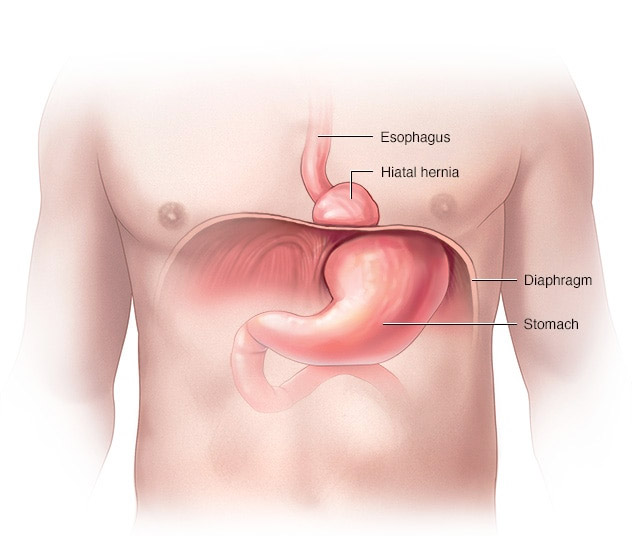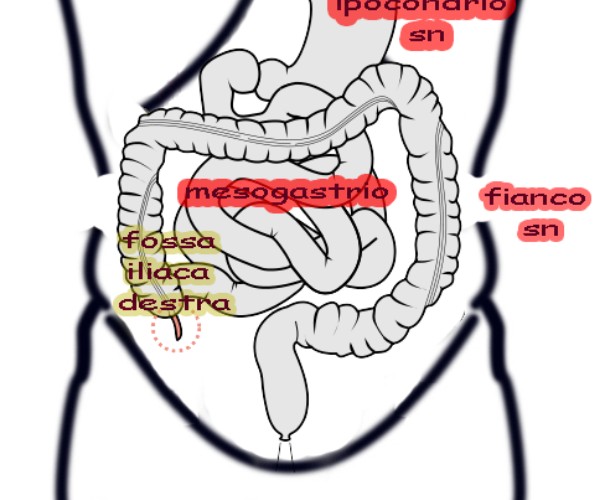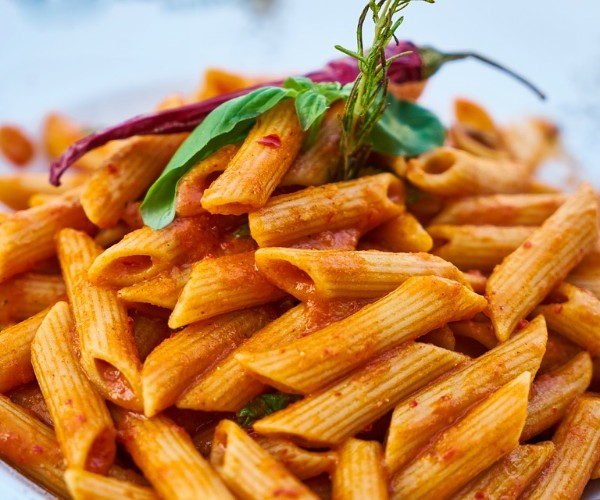Presentation
Basil is among the most popular herbs most frequently brought to the table. Its fragrance, both delicate and intense, pleasantly flavors dishes. Its leaves, thin and fleshy, lend themselves for a decorative touch to the dish to be brought to the table: they are perfect on pizza margherita, or in the ‘pummarola cup of a spaghetti or in the very traditional to bell-shaped caprese. It is a ‘chameleon-like’ aroma that can be combined to season a pasta, prepare tasty sauces that accompany meats or fish; a pesto beat gives freshness to a salad, a savory pie or a bruschetta. Versatile, basil can be used raw or cooked, according to personal taste or culinary fashions: however you use it, it is a ‘healthy’ goodness, not only to the palate.
The origin
As much as it has entered the Italian culinary tradition, basil’s origin is not Mediterranean. In fact, it originated in tropical Asia and India, expatriated to the Middle East and then spread to Ancient Greece, arriving in Italy during the reign of Alexander the Great, around 350 B.C. Much more recently, in the 16th century it also began to be cultivated in England and the Americas.
Royal and devilish
There is a strong dichotomy associated with basil, partly also related to its etymology. In fact, the name is derived from basilicum, a medieval Latin term, and basilikon, which means “royal, majestic plant” in Greek, and basileus, meaning “king.” Apparently, this aromatic herb was used in ancient times to produce perfumes for the king or even in sacred rituals by ancient Hindu peoples. At the opposite end of the spectrum, the ancient Greeks and Romans seem to have attributed to basil a devilish meaning of bad luck and hatred. Reading some texts by Pliny the Elder, a philosopher, writer, and naturalist who died in 79 A.D., there would be references about basil’s ability to induce states of torpor and insanity. The Middle Ages continued this ‘tradition’, using basil to heal wounds, attributing to it almost ‘magical’ powers, so much so that in some manuscripts of the time basil is the aromatic herb that symbolically depicts hatred and Satan.
The varieties
To simply say ‘basil,’ a plant belonging to the vast Lamiaceae family, seems really limiting. In fact, this aromatic herb counts at least some 60 varieties and cultivars, all belonging to the species Ocimum basilicum, the scientific name by which experts call basil, then differentiating the varieties by appearance and aroma. The most common and most frequently used are:
- Common crepe basil(O. basilicum ‘Crispum’): with large, rippled leaves and intense fragrance, it is the most ‘commercial’ variety and is used for cooking homegrown dishes.
- Classical or Genovese basil (O. basilicum ‘Italian Classic’): the name reveals its use. It is best for making pesto alla Genovese, thanks in part to its aroma, a mix of jasmine, licorice and lemon.
- Greek basil (O. basilicum ‘Minimum’): with small elongated leaves, it has a sweeter, less pungent scent than the broad-leaved varieties. It is better adapted to cold climates.
- Thai basil (O. basilicum var. thyrsiflora): its leaves give off an aroma between mint and clove. This spicy peculiarity destines it for the preparation of both traditional dishes of our cuisine, such as seafood, and typical dishes including exotic soups. Smelling it there is an undercurrent hint of licorice that comes to it from estragole. This is a naturally-occurring compound (phenylpropene), an essential constituent of tarragon essential oil, which, however, is also found in other essential oils, including basil at percentages ranging from 23-88%.
- Mexican purple basil (O. basilicum ‘Purple Ruffles’): the special feature is its purple leaves and pale pink flowers. It is mostly enjoyed in salads or is often used for decorative purposes as well.
- Mexican basil p(O. basilicum ‘Cinnamon’): the scientific name hides the typical aroma of this quality of basil that tastes of cinnamon. It also has another characteristic: purple flowers.
- Basil Dark Opal (O. basilicum ‘Dark Opal’): is similar to Mexican basil, but its flavor is stronger.
- Lattuce Basil (O. basil icum ‘Lettuce Leaf’) and Neapolitan basil(O. basilicum ‘Napoletano’): can be recognized by its larger leaves than the classic variety.
- Violet basil (O. basilicum ‘Red Rubin’): similar to green basil, it gives dishes a very new and refined twist because of that purple-brown hue.(See growing photo)
Appearance. It is an herbaceous plant for balcony or garden or vegetable garden. It is characterized by long, flexible and extremely thin stems, surrounded by large, thin and very delicate aromatic leaves. The stems can reach up to 45 centimeters in height. In the summer season, it reaches flowering, and at the apex of the stems sprout small spikes of white flowers inside which seeds will ripen. Flowering also somehow marks ‘the old age’ of basil: from this time, basil will usually no longer generate new shoots and the stems will tend to lignify. It’s time to plant some new basil: the operation is simple and the result is very satisfying.
Recording (Podcast)
Cultivation. It is not demanding but has ‘its own’ rules. Basil likes mild temperatures, between 20° and 25°, and the sun to which it will need to be exposed for at least a couple of hours a day: these are two essential factors that will allow basil to grow luxuriantly and that also ‘condition’ the ideal times to plant it:
- between February and March if you plant it in a seedbed where there is a constant temperature of at least twenty degrees Celsius and then transplant it outdoors in the spring.
- in spring and summer in pots or in the ground, outdoors in a sunny place with rich, fresh, well-drained soil. Basil cannot tolerate temperatures below 10°C, but neither can it tolerate drought. Therefore, the soil should be watered whenever it is dry but without excess. One tip: To take advantage of the leaves throughout the summer season, remove flower buds periodically so that new shoots can grow after flowering.
If you choose pot cultivation. Use a small pot about 10 cm in diameter in which you will bury 5-8 seeds evenly distributed at a depth of 1 cm in fairly dry potting soil. Once the seedlings have grown and need to be transplanted into a new pot, make sure to leave a distance of a few centimeters between each other. Once finished and covered the entire surface, spray thoroughly and place the pot in the shade. Should basil seedlings appear to be suffering, do not worry, they will recover from transplanting quickly.
If you choose to grow in the ground. Remember: proceed with the operation only in spring and in any case not in temperatures below 10°C. The home garden or vegetable garden is perfect. Prepare the soil for planting by draining it with a spade and hoe and then leveling it with a rake. Distribute the seeds “scattering,” in all directions. After planting, thin out, leaving one shoot every 8-10 cm at a depth of only 0.5 cm. Take care to water and never let the soil run out of water, but do not create stagnation. Monitor the temperature, and in case the cold night weather returns, cover the soil with nonwoven sheets. A word of advice: to encourage basil growth, sow on a crescent moon and on particularly hot days. It is a wisdom of the ancients!
If you choose seedbed cultivation. Any sowing soil is suitable, as long as it is fine. Sprouting should occur in 15-20 days and the basil be ‘ready’ for use within a couple of months.
If you choose home cultivation with hydroponic crops. You don’t need soils and potting soils, but you do need to have a complete kit with LED lighting and a fertigation system to ensure the seedlings get the right amount of light and root nutrition. You will have the benefit of fresh, fragrant basil all year round!
Collection. Taken and used and eaten-this is the philosophy that governs the harvesting of basil leaves. In fact, they have an intense and volatile essential oil inside, which disperses quickly into the air when the leaves are dried. So ‘fresh’ and eaten is better and more fragrant!
Pests and diseases
The basil plant is delicate and can be affected by different diseases and/or pests. If this happens, do not resort to chemical treatments. Renew basil seedlings-they cost little and will give you the pleasure of a new crop.
Bibliography
Mikolajski A, Rooney D, Pizzoni F et la. Herbs for wellness and cooking. Ed. Illustrated, 2015




